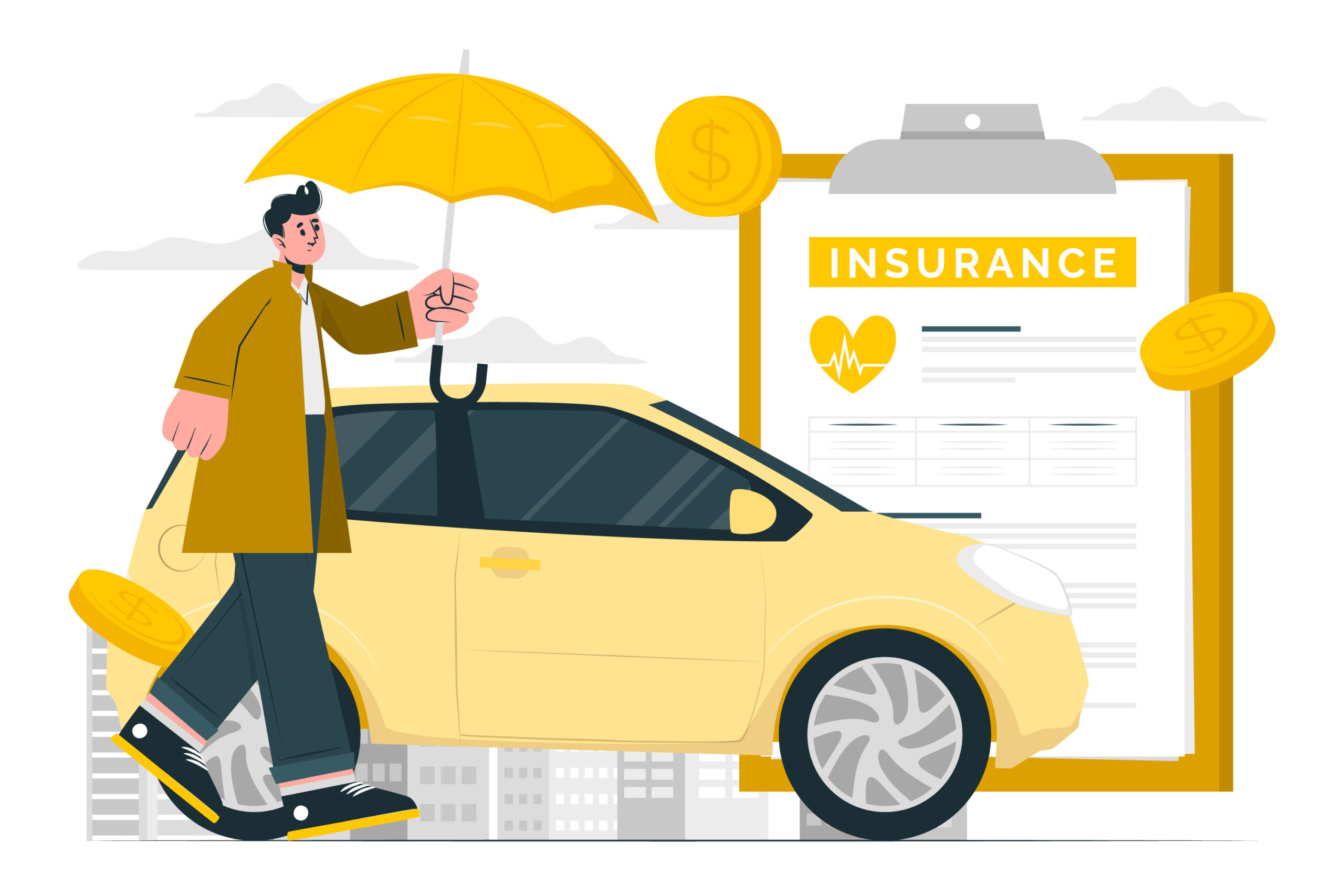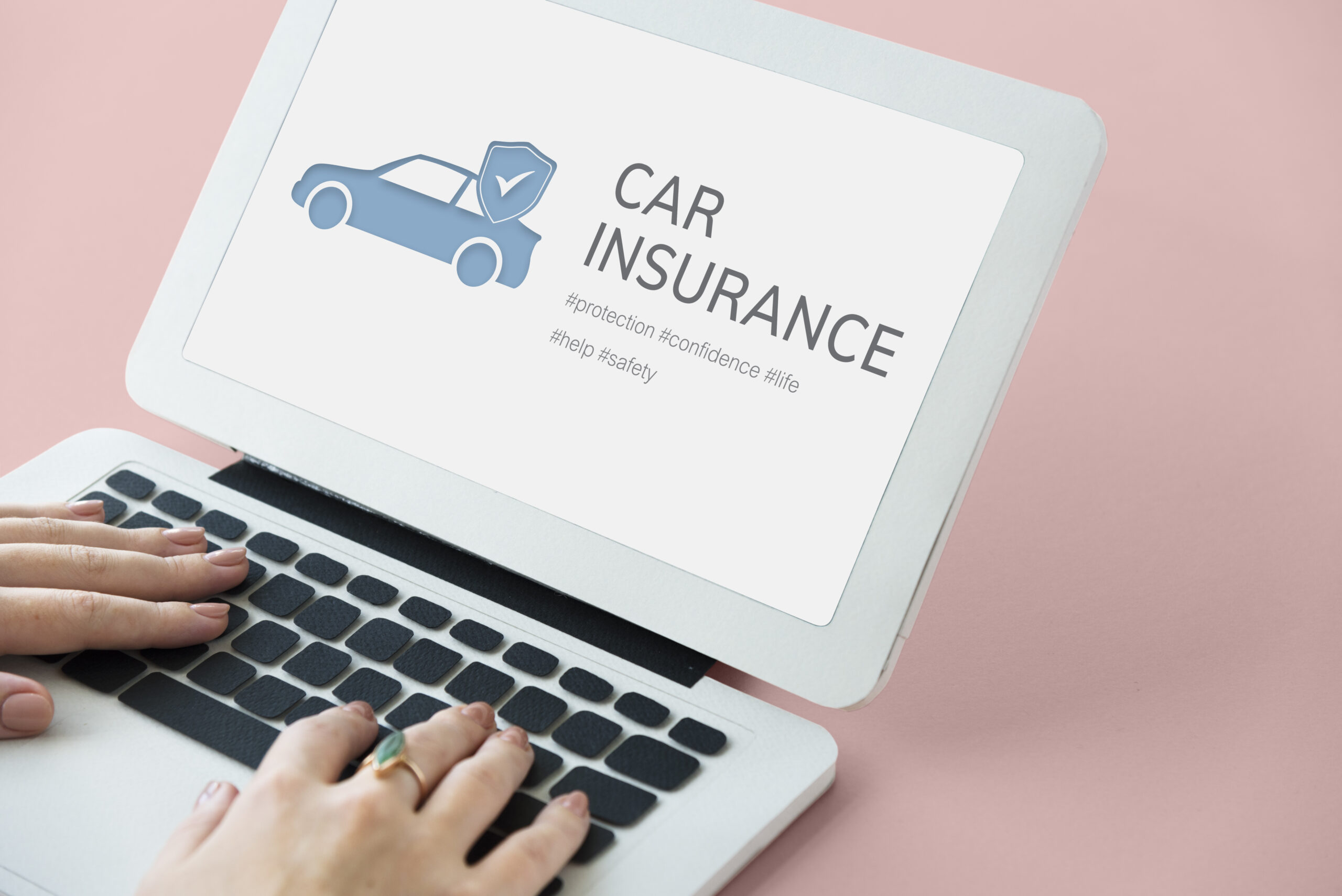Introduction
Car insurance is not just a legal requirement—it’s a critical financial tool that protects drivers, passengers, and vehicles. In the ever-evolving world of driving laws, vehicle technology, and insurance premiums, understanding the ins and outs of car insurance in 2025 is essential. Whether you’re shopping for the best car insurance policy or just want to know how to lower your premiums, this guide is here to help.
Q: What is car insurance and why is it important?
A: Car insurance is a legal agreement between you and an insurance company that provides financial protection against losses from car accidents, theft, and other unforeseen events. It helps cover costs such as vehicle damage, medical bills, and liability claims. It’s required by law in most U.S. states and safeguards both drivers and third parties.
What is Car Insurance?
Car insurance is a type of contract in which the policyholder pays premiums in exchange for coverage against financial losses stemming from car accidents, theft, weather damage, or liability claims. It typically includes several coverage types:
- Liability Coverage (required by law in most states)
- Collision Coverage
- Comprehensive Coverage
- Uninsured/Underinsured Motorist Coverage
- Medical Payments/Personal Injury Protection (PIP)

Why Do You Need Car Insurance?
Here are a few key reasons why car insurance is crucial:
- Legal Requirement: Nearly every U.S. state mandates minimum liability coverage.
- Financial Protection: Repairs, replacements, and medical costs can be massive.
- Peace of Mind: Knowing you’re covered if the worst happens is invaluable.
- Protects Against Lawsuits: Liability coverage shields you from legal claims.
Types of Car Insurance Coverage
1. Liability Insurance
Covers bodily injuries and property damage to others if you’re at fault.
2. Collision Coverage
Pays for repairs to your vehicle after an accident, regardless of who’s at fault.
3. Comprehensive Coverage
Protects against non-collision events like theft, vandalism, fire, and weather damage.
4. Uninsured/Underinsured Motorist Coverage
Covers your expenses if the at-fault driver lacks sufficient insurance.
5. Personal Injury Protection (PIP)
Pays medical bills for you and your passengers, regardless of fault.
How Much Car Insurance Do You Need?
The amount of car insurance you need depends on:
- State Requirements: Each state has minimum coverage limits.
- Vehicle Value: High-value cars benefit from full coverage.
- Your Finances: Can you afford out-of-pocket costs without insurance?
- Risk Profile: Your driving history, age, and location influence needed coverage.

Tip: Always consider coverage beyond the legal minimum for added protection.
How to Get Cheap Car Insurance in 2025
Here are proven ways to get affordable car insurance:
- Compare Auto Insurance Quotes Online: Use comparison sites to find the best rates.
- Bundle Policies: Combine home and car insurance for discounts.
- Maintain a Clean Driving Record: Avoid speeding tickets and accidents.
- Choose a Higher Deductible: Lowers your premium, but increases your out-of-pocket expense.
- Ask for Discounts: Good student, military, and safe driver discounts are widely available.
Best Car Insurance Companies in the USA (2025)
Here are top-rated auto insurance providers based on coverage, affordability, and customer satisfaction:
| Company Name | Best For | AM Best Rating | Average Monthly Premium |
|---|---|---|---|
| State Farm | Overall Coverage | A++ | $110 |
| GEICO | Affordable Rates | A++ | $90 |
| Progressive | High-Risk Drivers | A+ | $120 |
| USAA | Military Families | A++ | $85 |
| Allstate | Comprehensive Coverage Options | A+ | $125 |
What Affects Car Insurance Rates?
Car insurance premiums are calculated based on multiple factors, including:
- Age and Gender
- Driving History
- Location and ZIP Code
- Type of Vehicle
- Credit Score
- Annual Mileage
- Coverage Level
Car Insurance by State: Examples
Car insurance requirements and rates vary by state. For example:
- California Car Insurance: Minimum liability 15/30/5
- Florida Car Insurance: PIP required, no-fault state
- Texas Car Insurance: 30/60/25 minimum liability
Full Coverage vs. Liability-Only Insurance
| Feature | Liability-Only Insurance | Full Coverage Insurance |
|---|---|---|
| Covers Your Damages | No | Yes |
| Cheaper Premium | Yes | No |
| Legal Requirement | Yes | No |
| Lender Requirement | No | Yes (for financed cars) |
Car Insurance for Young and High-Risk Drivers
Teen Drivers
- Highest premiums due to lack of experience
- Use student discounts and driver’s ed programs to save
High-Risk Drivers
- Includes DUI, multiple violations, or lapse in coverage
- Look for non-standard insurance providers like The General or Dairyland
Frequently Asked Questions (FAQs)
Q: Can I drive without car insurance?
A: In most states, driving without insurance is illegal and may result in fines, license suspension, or even jail time.
Q: What is the cheapest car insurance?
A: GEICO, USAA, and State Farm often offer the lowest premiums, depending on your profile.
Q: What is full coverage car insurance?
A: Full coverage includes liability, collision, and comprehensive coverage, offering broader protection.
Q: How can I lower my car insurance premiums?
A: Shop around, increase your deductible, bundle policies, and maintain a clean driving record.
Q: What happens if I let my car insurance lapse?
A: A lapse can lead to higher premiums in the future, legal penalties, and lack of financial protection.
Tips for Comparing Car Insurance Quotes
- Use Trusted Comparison Sites
- Review Policy Details Carefully
- Ask About Hidden Fees
- Check Insurer Reviews
- Verify State Requirements
How to Buy Car Insurance Online
Step-by-step guide:
- Gather personal and vehicle information
- Compare multiple quotes
- Choose the coverage that suits your needs
- Complete the online application
- Pay and receive proof of insurance digitally
Final Thoughts
Car insurance is essential for every driver in 2025. With smart shopping, proper coverage selection, and an understanding of your state’s laws, you can find affordable car insurance that offers comprehensive protection. Whether you’re insuring your first vehicle or switching providers to get a better rate, staying informed will always lead to better decisions.






